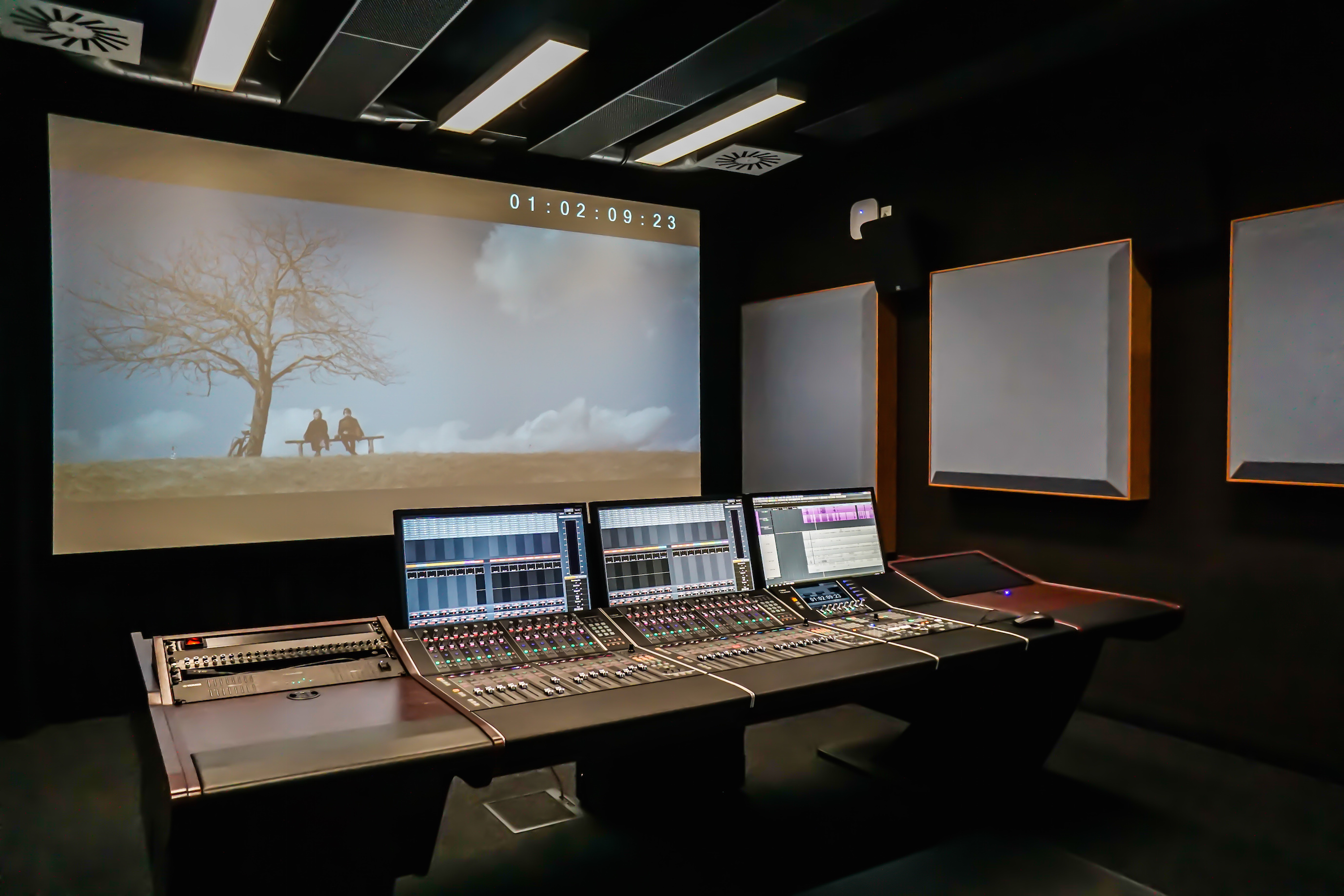Yamaha Nuage Introduction and history
In January of 2005 Steinberg Media Technologies, a company that has contributed numerous advanced technologies and solutions to the growing field of digital audio workstations since the 80´s, became a wholly owned subsidiary of Yamaha, the world’s largest manufacturer of audio equipment This pivotal fusion led to increasingly concerted development of integrated products and systems such as audio interfaces and controllers. Released in late 2012, Yamaha Nuage is the end-product of that development endeavour. A seamless fusion of Steinberg software with Yamaha hardware offers unprecedented operability and editing speed. The comprehensive visual feedback and intuitive control afforded by the system’s Extensive Console View bring new levels of efficiency and productivity to a wide range of applications.
Surface layout and expansion options
The Yamaha Nuage interface is comprised of Nuage Fader units, each with 16 fader and knob channels, and Nuage Master units that include all controls necessary for transport operation, editing, monitoring, and more. The units can be used individually or combined in systems configured to match the scale and workflow of different studios, with up to three Nuage Fader units per system. A “Unit Link” button allows units to be easily unlinked for two-man operation, and then linked again as necessary.
Up to three DAWS can be directly switched and controlled from a Nuage fader unit (Nuendo, Cubase, and Pro Tools, for example) so that dialog, sound effects, BGM, and other elements of a large project can be easily and efficiently brought together for final mixing. It is also possible to assign separate DAWs to mix and master recorder duty, or a variety of other configurations according to project requirements.
Nuage signal processing is handled by a standard general-purpose computer. No dedicated DSP cards that limit system choices are required. The computer system can be configured to match workload requirements with maximum efficiency. This approach also allows the user to freely update the system as necessary. Stringent benchmark testing has been carried out with recommended computers to ensure stability. Close cooperation with leading manufacturers of peripheral equipment has led to outstanding performance and cost benefits in that area as well.
Yamaha Nuage audio infrastructure is based on Dante networking, providing superior system flexibility as well as plenty of capacity for future expansion. Audio can be shared with CL series digital mixing consoles via Dante-equipped R series interface units such as the Rio3224-D and others, or the RMio64-D Dante/MADI Converter can be used to share audio with external MADI-format devices. All of this and more can be achieved in simple, streamlined systems.
Links to related online resources:
http://www.yamahaproaudio.com/global/en/products/daw_systems/nuage/
A PDF detailing configuration and use of the Nuendo MultiPanner for Dolby Atmos work can be found here
Search for Used Yamaha Nuage consoles available from sellers worldwide
